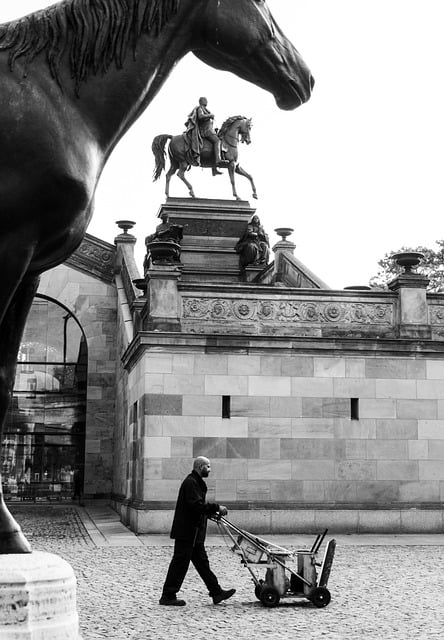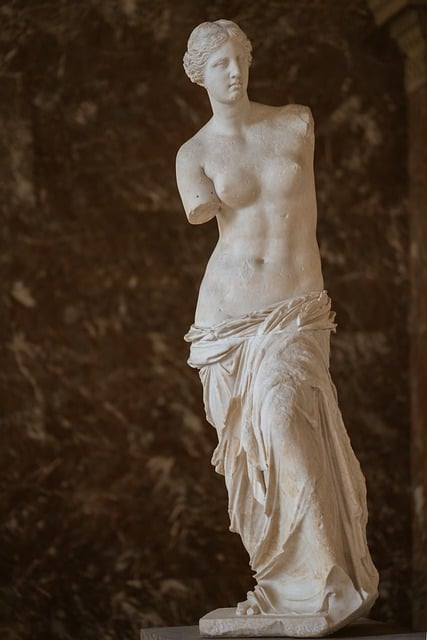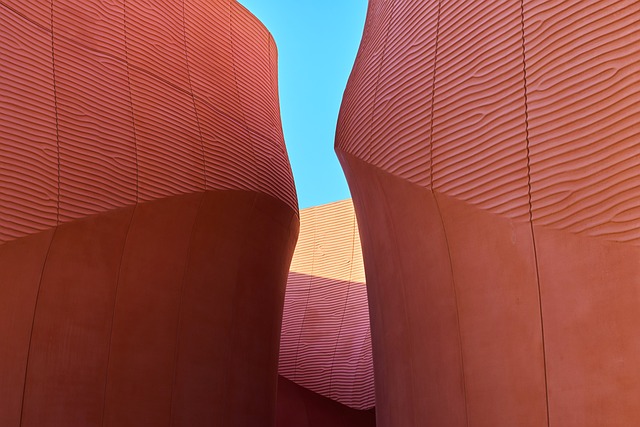Wandering Through Art: A Museum Guide for Avid Explorers
Art has an unparalleled ability to connect us with history, culture, and one another. Museums serve as sanctuaries, preserving the fine threads of creativity that weave through humanity’s narratives. For avid explorers, these institutions offer immersive experiences that go beyond mere observation. As you step into a museum, you embark on a journey—one that invites you to engage, interpret, and appreciate the worlds expressed through art. This guide is designed to provide tips, insights, and resources that will elevate your museum visits to an unparalleled adventure.
The Joy of Discovering Art
Every artwork in a museum has a story to tell. Perhaps it’s a painting that reflects the socio-political climate of its time or a sculpture that captures the essence of human emotion. As an explorer, your role is to uncover these narratives and consider the perspectives of the artists. Engaging with art in a thoughtful manner transforms the often passive act of viewing into an enriching experience.
Preparation: Setting the Stage for Discovery
Before setting foot inside a museum, it’s essential to prepare yourself for the experience. Researching the museum, its collections, and current exhibitions can offer significant insights and heighten your curiosity. Here are a few steps to consider:
Research the Museum: Familiarize yourself with the museum’s focus, whether it be contemporary art, ancient civilizations, or natural history. Understanding the mission and vision of the institution can enhance your appreciation of the exhibits.
Explore Upcoming Exhibitions: Many museums host temporary exhibitions alongside their permanent collections. Check the museum’s website or social media pages for updates on special exhibits that may align with your interests.
Gallery Map: Upon arrival, obtain a map or guidebook that outlines the layout of the museum. This will help you prioritize the sections you wish to explore and ensure you don’t miss hidden gems.
Plan Your Visit: Consider the best time to visit the museum. Mornings or weekdays might offer a quieter experience, allowing you to engage more intimately with the artworks.
Engagement: Interpreting Artworks
Walking through the halls of a museum can be overwhelming, especially when surrounded by an array of awe-inspiring masterpieces. To fully engage with the artworks, invest time in the following methodologies:
Take Your Time: Resist the urge to rush through the exhibits. Allow yourself to linger in front of pieces that resonate with you. Take a few moments to absorb the colors, textures, and forms.
Reflect and Take Notes: Consider carrying a notebook or using your phone to jot down thoughts about specific pieces. What emotions do the artworks evoke? How do they relate to what you know or feel about the world?
Ask Questions: Engage with museum staff or docents. They can provide valuable insights and stories that enrich your understanding of the art.
The Influence of Context
Understanding the context of an artwork can greatly enhance its appreciation. Familiarizing yourself with the historical, cultural, and political backgrounds can guide your interpretation. For instance, learning about the circumstances surrounding a famous painting can unveil themes of struggle or triumph that are not immediately apparent. Consider the following aspects:
Artist Background: Delve into the life of the artist. Understanding what inspired their work can provide a window into their creativity.
Historical Context: Research the time in which the artwork was created. Social movements, wars, and technological advancements can drastically shape artistic expression.
Cultural Influences: Be mindful of the cultural significance embedded within the art. Different cultures convey meanings through symbols, colors, and styles that vary widely.
The Social Aspects of Museums
Museums often serve as community hubs, fostering social interactions that enhance the exploration of art. Engaging with fellow visitors can lead to discovering new perspectives and ideas. Consider these approaches:
Join Group Tours: Many museums offer guided tours that provide a collective experience. Sharing insights and commentary during tours can deepen your understanding.
Participate in Workshops: Explore workshops or events hosted by the museum. These activities encourage creative expression and give you the opportunity to connect with like-minded individuals.
Visit with Friends or Family: Bringing companions along can enrich your exploration. Discuss your thoughts and opinions on various pieces, which may open up avenues of conversation you hadn’t considered before.
Embracing Technology
The integration of technology in museums has redefined the way we experience art. From augmented reality displays to interactive installations, technology makes art more accessible. Here are a few aspects you can utilize during your visit:
Mobile Apps: Many museums offer mobile applications with multimedia guides that enhance your experience. Use these apps to access detailed descriptions, audio guides, or trivia about the artwork.
Virtual Tours: If you’re unable to physically visit a museum, explore its collection online. Many institutions offer virtual tours that allow you to experience art from the comfort of your home.
Social Media: Follow the museum on social media. Platforms like Instagram and Twitter often showcase pieces from the collection, offer sneak peeks of upcoming exhibitions, and share fascinating articles about art history.
Understanding Different Art Forms
Art spans various mediums and styles—from painting and sculpture to photography and digital art. As you wander through a museum, embracing the diversity of these forms can elevate your experience. Here’s a deeper look at common categories:
Visual Art: Explore the intricacies of visual art forms such as painting, drawing, and printmaking. Pay attention to the techniques used—brush strokes, shading, and composition—which contribute to the aesthetic appeal.
Sculpture and Installation Art: Three-dimensional works invite you to move around and change your perspective. Consider how space and form impact the viewer’s experience.
Photography: Investigate how photography captures moments in time. Think about the narrative conveyed through a single image, considering both the subject and the technique used in capturing it.
Media Art: Digital art and video installations often engage viewers in unconventional ways. Reflect on how contemporary artists challenge traditional notions of what art can be.
Finding Inspiration Beyond the Walls
Art is not confined to museum walls. Inspiration can be found in everyday life—whether it be nature, architecture, or street art. Here are some ways to discover and sustain your artistic engagement:
Explore Local Art Scenes: Seek out local galleries, art fairs, or community exhibitions. Engaging with emerging artists will expand your appreciation of different styles and perspectives.
Attend Art Festivals: Events celebrating art provide opportunities to interact with artists and other art enthusiasts. Festivals often include workshops, discussions, and performances that amplify the art experience.
Create Your Own Art: After being inspired by the art you encounter, consider channeling that energy into your creative expression. Engaging in drawing, painting, or crafting can deepen your appreciation of the artistic process.
The Lasting Impact of Your Museum Experience
As you conclude your visit, reflect on the impressions left by the artworks and experiences. Consider how the museum shaped your understanding of art, history, and culture. To continue cultivating your appreciation for art beyond the walls of the museum, think about the connections you can make:
Personal Reflection: Allow the artworks to influence your thoughts. What themes resonated with you? How did your perceptions evolve throughout the visit? Dedicate some time to process these reflections.
Engage Community Conversations: Join forums or community discussions about art. Sharing your experiences helps foster a communal understanding and can lead to new friendships based on shared interests.
Support the Arts: Consider supporting local artists and museums. Whether donating, volunteering, or attending events, engaging with the arts community enhances its vitality.
Conclusion: Your Journey Awaits
Wandering through art provides transformative experiences that resonate long after you leave the museum. By engaging thoughtfully, absorbing the context, and connecting with others, you can unlock the emotional power and beauty that art offers. So pack your curiosity, lace up your shoes, and embark on your next museum adventure. Each visit promises not only to expand your knowledge but to reshape your perspective, reminding you of the enduring beauty of the human experience.


